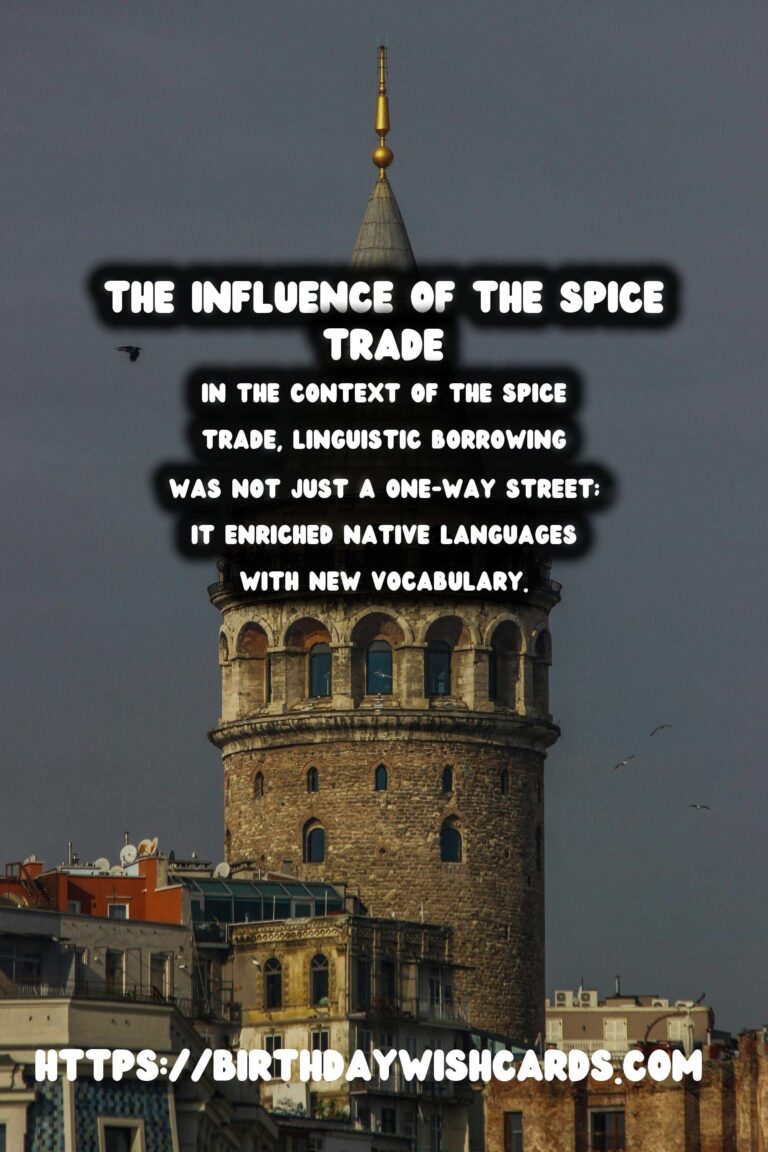
The spice trade has been a significant driver of globalization long before the term ‘globalization’ was coined. Spices such as cinnamon, pepper, cloices, and nutmeg were highly prized and contributed to the cultural exchanges between East and West. This article explores the fascinating way in which the spice trade contributed to the development and alteration of languages across the world.
The Historical Context of the Spice Trade
The spice trade dates back to the ancient world, where spices were not just culinary delights but also served medicinal purposes, religious offerings, and were symbols of wealth. The Silk Road, ranging from the Eastern shores of Asia to Europe, is one of the most famous ancient trade routes that facilitated the exchange of spices along with ideas, culture, and language.
Language Interactions Along the Trade Routes
As traders moved from one region to another, they brought with them not only goods but also their native languages. These interactions led to a fascinating blend of languages along the trade routes. In many port cities such as Alexandria, Baghdad, and Kochi, people spoke multiple languages, leading to the birth of creoles—a mixture of two or more languages that evolves into a new language.
Influence on Modern Languages
The spice trade’s influence extends to modern-day languages. English, for example, has borrowed several words from the languages of spice trade participants. Words like ‘sugar’ and ‘ginger’ are derived from Arabic, while ‘cinnamon’ and ‘pepper’ have origins in Latin. The exchange between cultures enriched languages with new vocabulary and linguistic structures.
Linguistic Borrowing and Adaptation
Linguistic borrowing occurs when one language takes words from another. In the context of the spice trade, this was not just a one-way street. Languages along the trade routes adapted to include foreign terms, creating a linguistic tapestry that enriched the native languages. This linguistic adaptation was essential for commerce, as traders needed a multilingual approach to facilitate trade.
The Role of Maritime Lingua Francas
The sea routes utilized during the spice trade also contributed significantly to language development. Navegators, sailors, and merchants often adopted a lingua franca—a bridge language used for communication between speakers of different native languages. Languages like Persian and Arabic served as lingua francas in the Indian Ocean trade, influencing many coastal languages.
Cultural Impacts on Dialects
The infusion of foreign words into local dialects is a testament to the spice trade’s cultural impact. In regions like Southeast Asia, the spice trade left a linguistic legacy that reshaped local languages. The interaction with European powers such as the Dutch, Portuguese, and British introduced new words and phrases, driving linguistic evolution.
Conclusion: A Legacy Rooted in Words
In conclusion, the spice trade significantly shaped global languages by facilitating a cultural and linguistic exchange among diverse regions. It enriched languages through borrowing and adaptation, and the creole languages born from these interactions stand as a testament to the trade’s enduring legacy. Modern languages around the world still reflect this history with every spice-related word that rolls off our tongues.
The spice trade has been a significant driver of globalization long before the term ‘globalization’ was coined. In the context of the spice trade, linguistic borrowing was not just a one-way street; it enriched native languages with new vocabulary. 
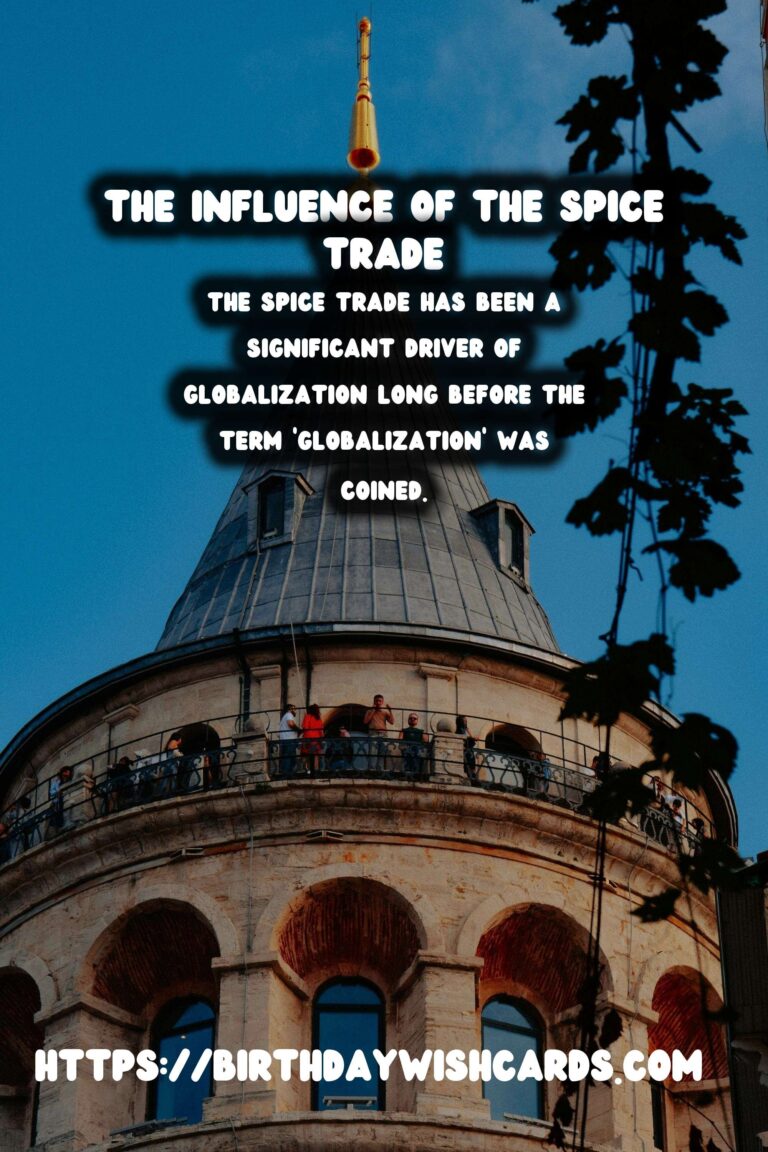
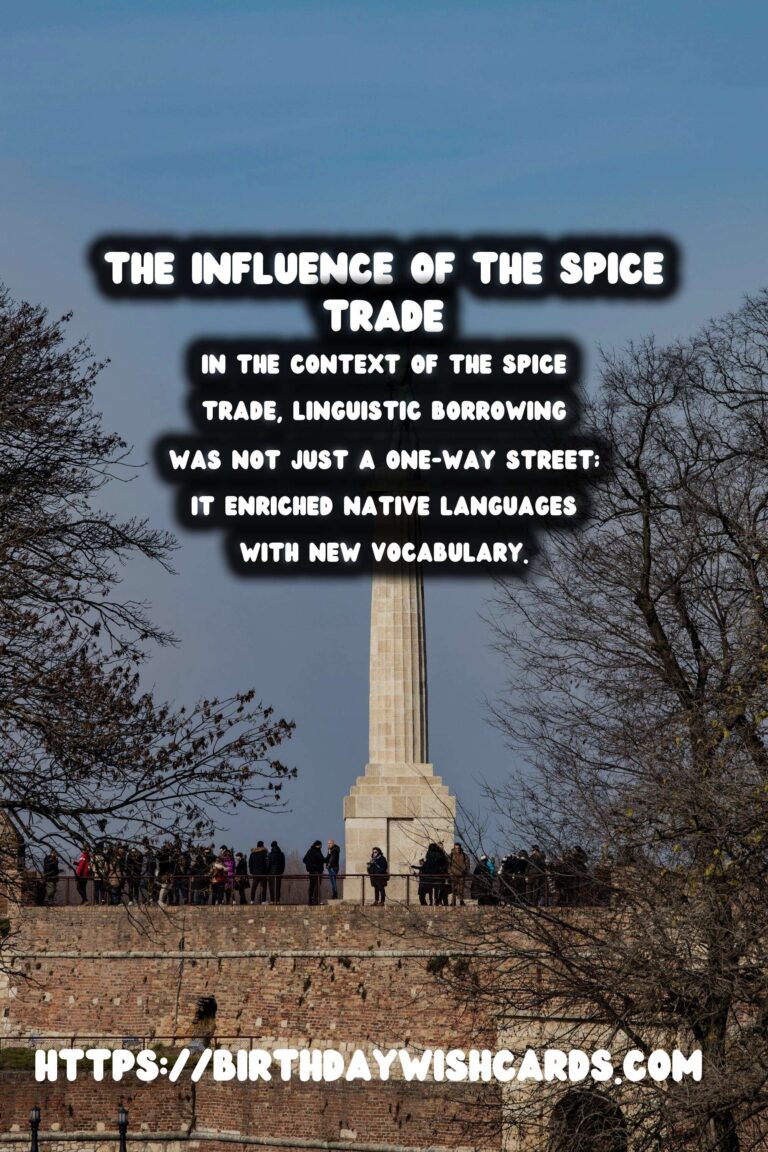
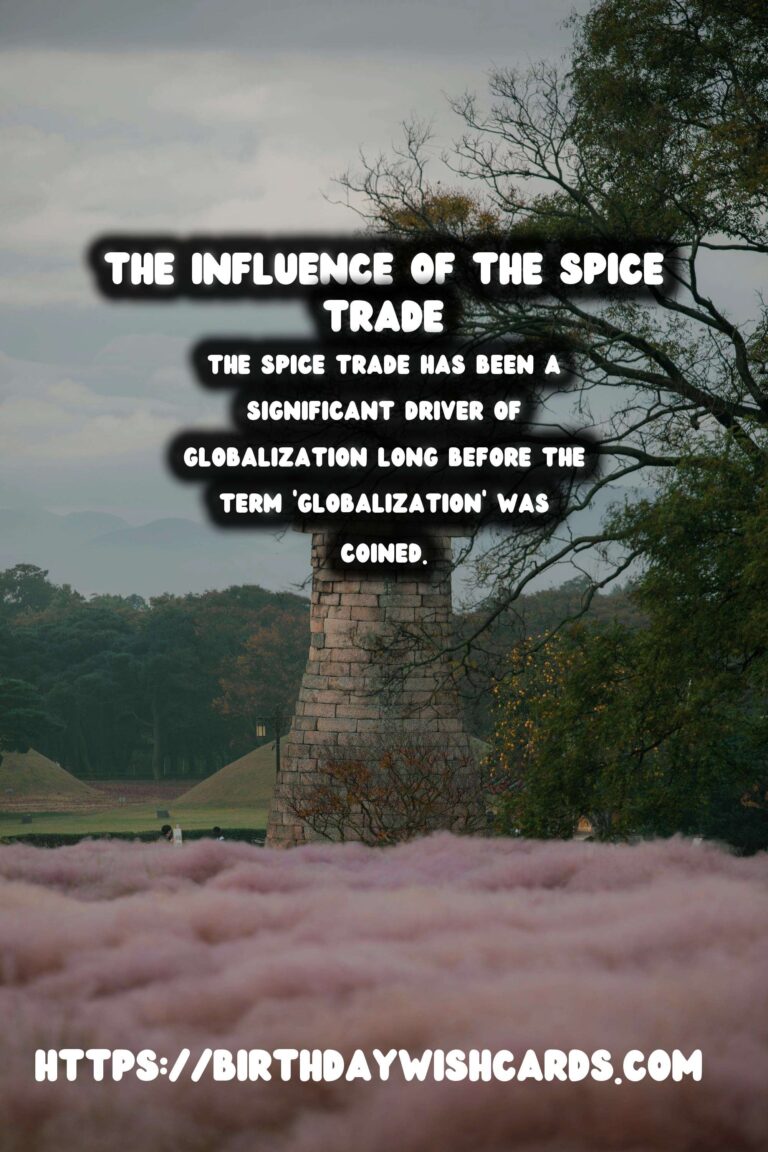
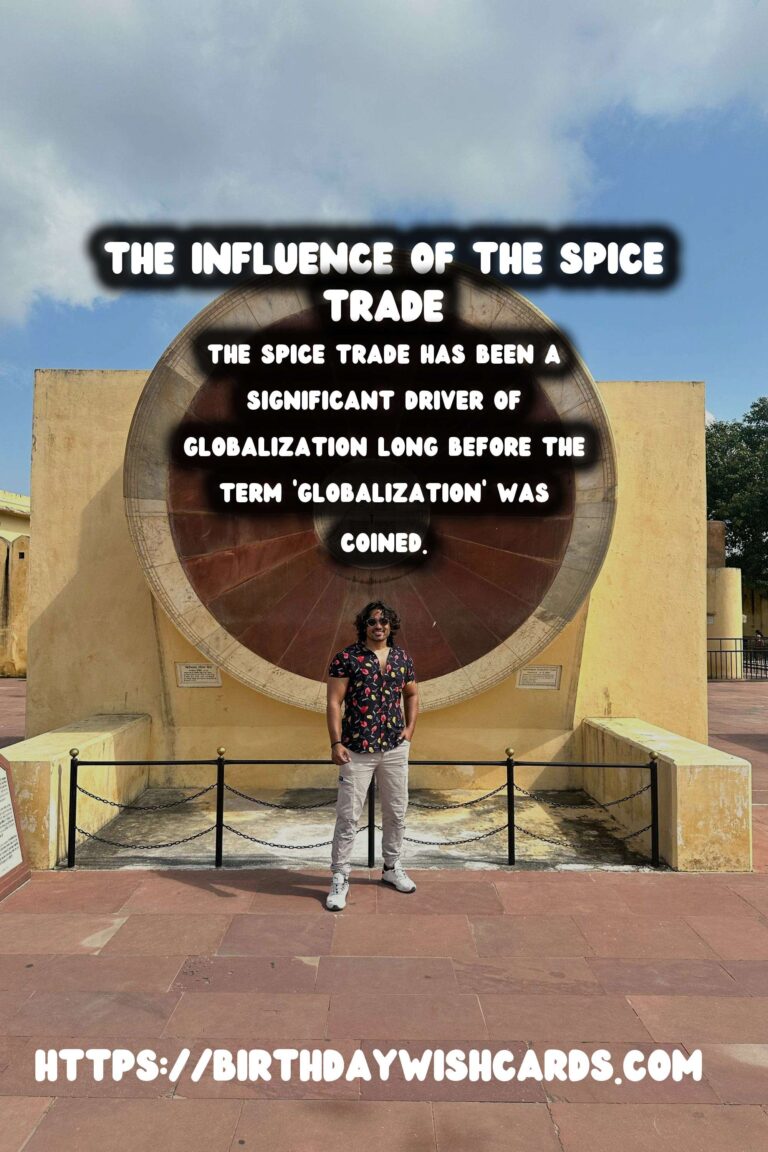
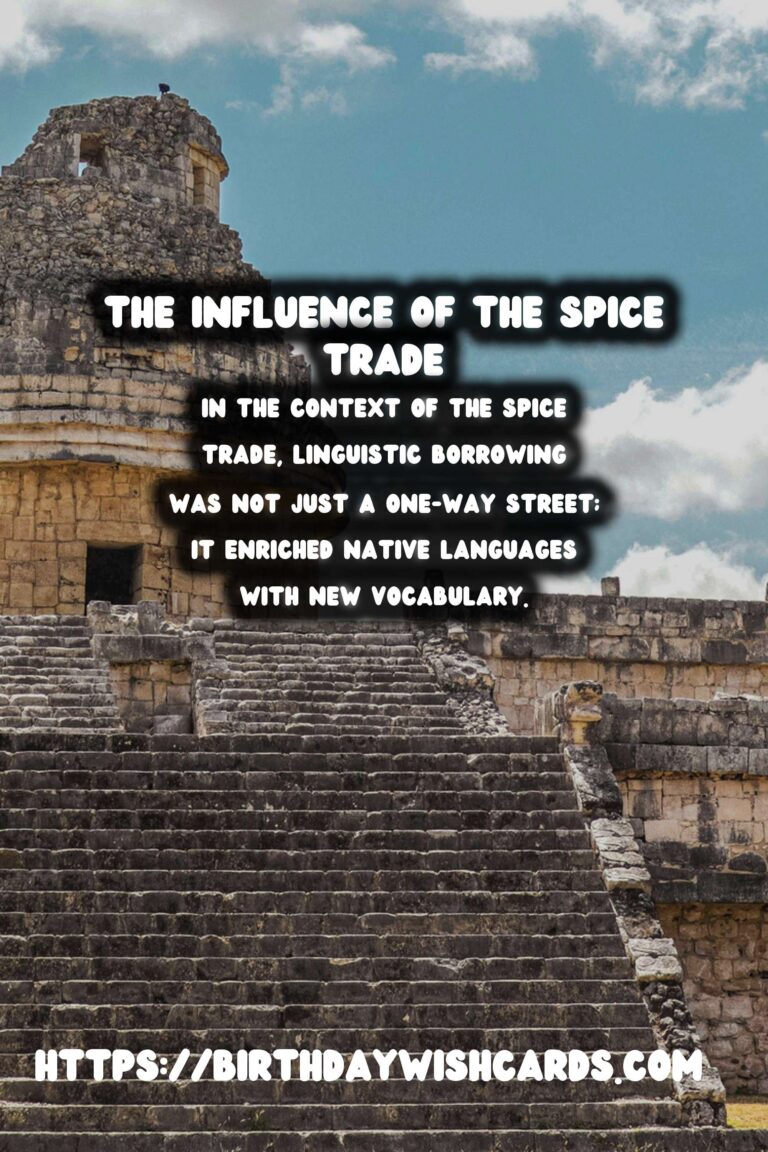
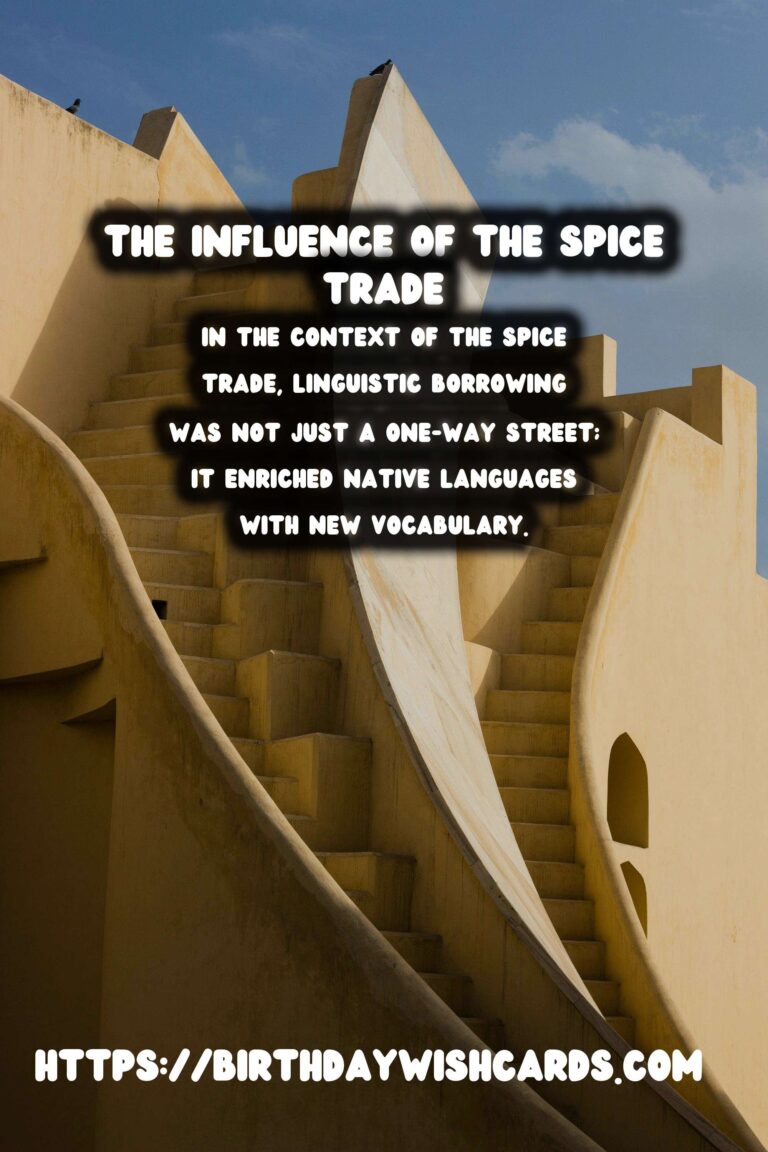
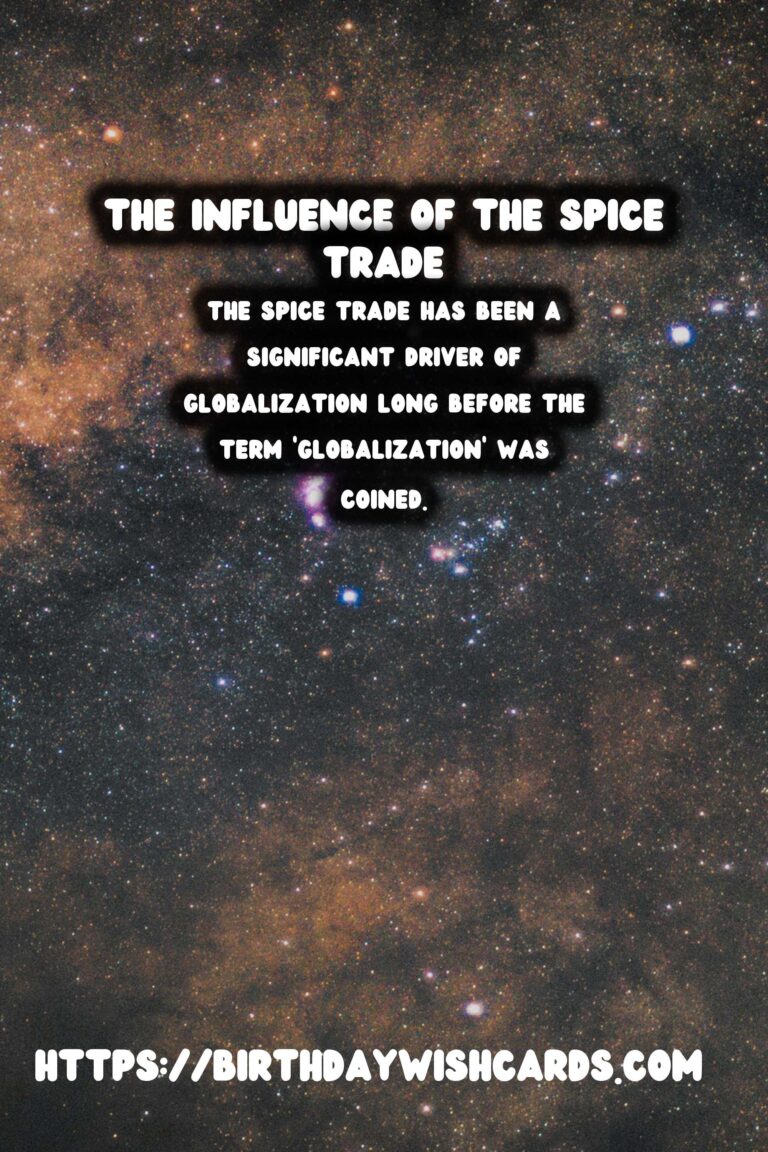
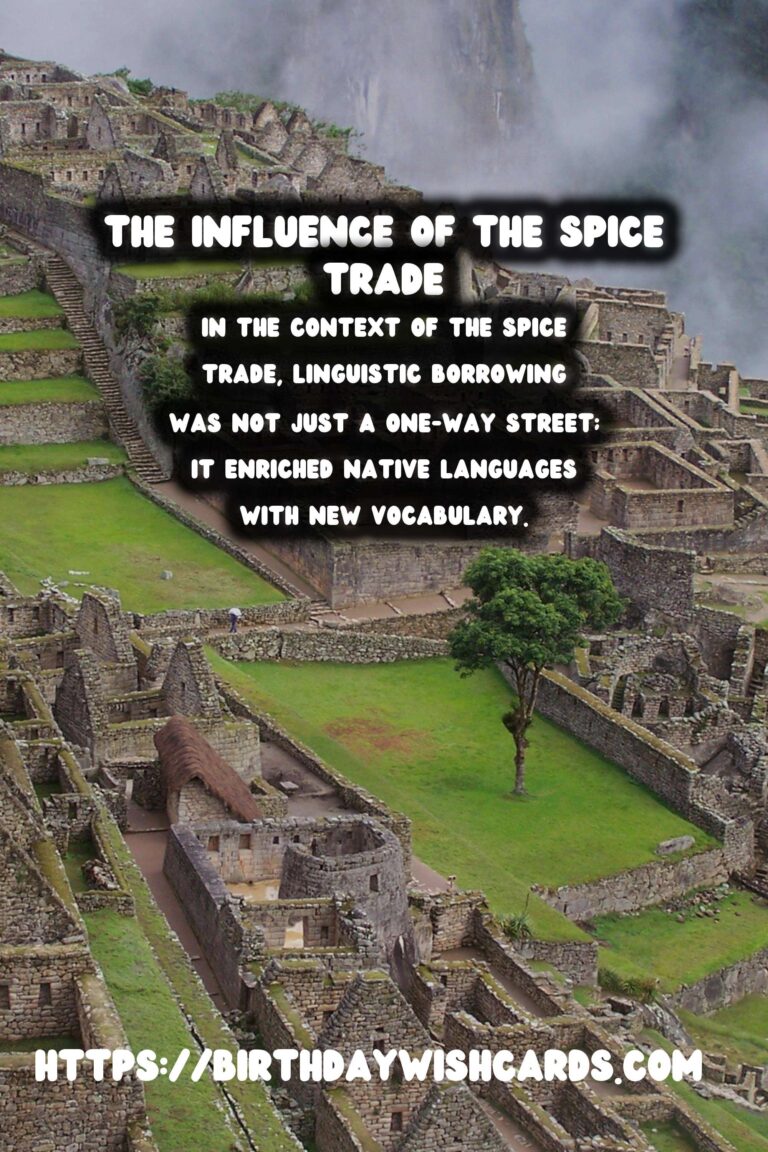
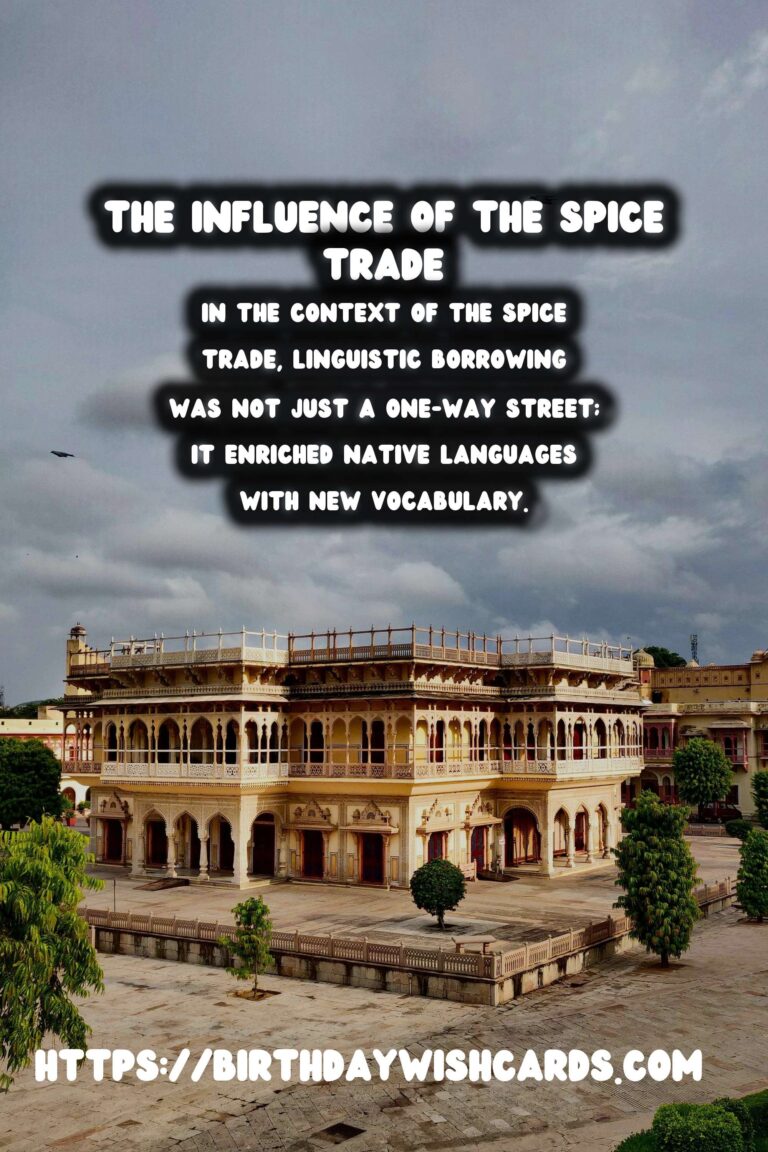
#SpiceTrade #GlobalLanguages




